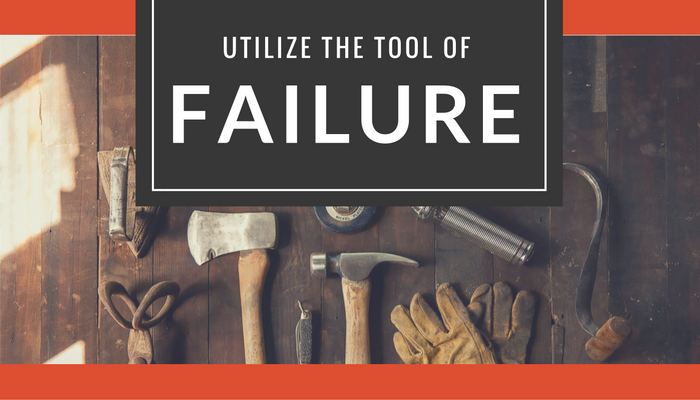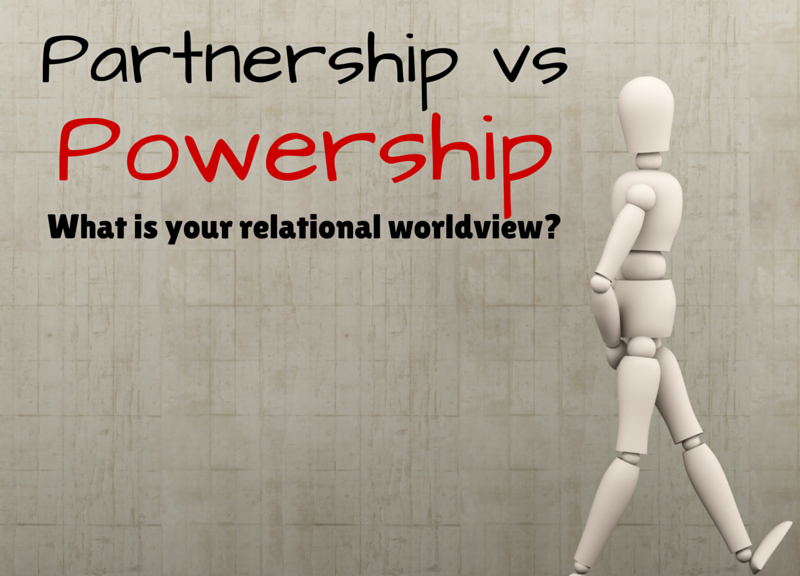This blog entry is way overdue but so vital to be done. I finished! I completed my FIRST full Ironman race. My time was over 15 hours. The time I am not so proud of, but I am tremendously proud of my finish. The ramifications of my mental, emotional, and physical victory on Sunday, July 19th continues to benefit me every day.
I have found a new stubbornness and will to persevere I never knew I had. Many who already knew me, know me to be a bit hard headed at times. This new stubbornness though is not for the benefit of my pride in a situation, but for the completion of a daunting task. The same way I would just push a pedal one after another or keep taking one step after another, so I continue to write one more sentence, make one more phone call, solve one more problem, save one more penny. I am comfortably determined to always be moving forward no matter the opposition. I can now trust there will eventually be a finish line. If it is not today, it will be reached…eventually. The fear of ‘what if I don’t make it’, is gone!
I believe quitting is more painful than the pain it takes to finish. There were moments on the course I wanted to quit. The Sheep’s Lane Hill was too steep, the wind too wicked, and the wet roads too slick. Regardless, I knew I would never forgive myself for any excuse my brain tried to fabricate to justify stopping. I had to finish before time ran out. The reward is amazing. I now live with the identity: I am an Ironman. Though my new identity may only be a solitary recognition now that the cheering fans have faded, there is another truth that every Ironman finisher knows: They never would have finished without their #ironmate.
Often times it is assumed that triathlons are an individual sport. It is just the athlete and their endurance that will get them across the finish line, just them and their mental toughness. This is a myth. Triathlons are a team sport. If it was not for my #ironmate, I would never have experienced a ten year dream coming true.
I grew up knowing myself as the fat kid. Elle Elephant. Elle Belly. I would be the last person any of my childhood friends would expect to participate in one of the most demanding endurance events. My #ironmate, however, always saw the athlete in me. He saw the potential I had. He believed in me before I ever did. He never baulked when my road bike training started on a men’s mountain bike, and my swimming training started with YouTube videos. He affectionately nicknamed me Barnie for barnacle (I am not a fast swimmer), but he never stopped encouraging me. He would always tell me, “You are the strongest person I know.”
The support to prepare and train for the event is tremendous. Responsibilities now are shifted, availability is diminished, and exhaustion becomes the constant enemy for the athlete in training. What about the #ironmate? An #ironmate has to do more and get less, much less, in return. They have to run the errands, cook the meals, and spend more time without their partner.
Ironically, once the event is finished, the athlete is getting all the praise and emotional rewards not only at the finish line but in all the conversations to follow:
“Oh that is amazing!”
“I would never have been able to do that!”
“I could never do that!”, and the accolades continue.
But what no one ever recognizes is the #ironmate’s efforts. No one says to the #ironmate:
“What? Your day started at 3:30 in the morning even though you went to bed at 11 pm the night before?”
“Wow! You stood in the pouring down, call out Noah’s ark, rain for over three hours while she swam?”
“You mean you waited eight hours while she rode her bike in circles?”
“No way! You stood on your tip toes for five hours just to catch of glimpse of her running by to shout her name and tell her she is doing great. To believe. To keep fighting. To not give up!”
“After the 17 hour race day, you mean to tell me you loaded up the car AGAIN and drove three hours home?”
“Wait!? During this whole day you kept a nine-year old entertained?”
“You spent the day before the race driving the bike course, dropping the necessary bags off at the three different transition areas, and making sure the she was getting the necessary nutrition?”
“It was you that double checked all the checklists?”
“You attended the hour long briefing meeting that only benefited the athletes?”
“You’re kidding! The day after the race you tended to her even though you had less sleep than she did?”
“You were the one who made sure she was rehydrating and resting?”
“So let me get this straight, you spent your entire weekend, with hardly any sleep, supporting your partner with nothing in return? Wow, how did you do that? I would never have been able to do that? And you all this in a foreign country? You are amazing!” That’s right, the same determination and perseverance that is required of an ironman athlete is the same of an #ironmate.
My #ironmate received no public recognition for the long weekend he put in to get me across the finish line and beyond. No one said how amazing he was for all that he did. No one recognized how long he stood in crowds. How soaked he was from the rain. No one fathomed how tired he was from a 23 hour day? No one.
I am fixing that today. I am recognizing my #ironmate, Chris Norris, for making all these sacrifices through the entire ironman journey without any public recognition and never expecting any. As I told him the day before the race with tears in my eyes, I gave him a hug and said, “I know I don’t say it enough. These words won’t ever be enough, but thank you for supporting me. A dream is coming true for me. I know you have worked hard too, so this can happen.”
I know these written words still might not be enough, but I want to thank my #ironmate again because I know I would not have been able to do this without him. He ensured a dream came true for me. It came true because of his support and belief in me as I will continue to believe in him and support his dreams coming true. #ironmates #forever
Please, thank your #ironmate and post their name below. Give them the praises they deserve for their sacrifices to get you across your finish line.









